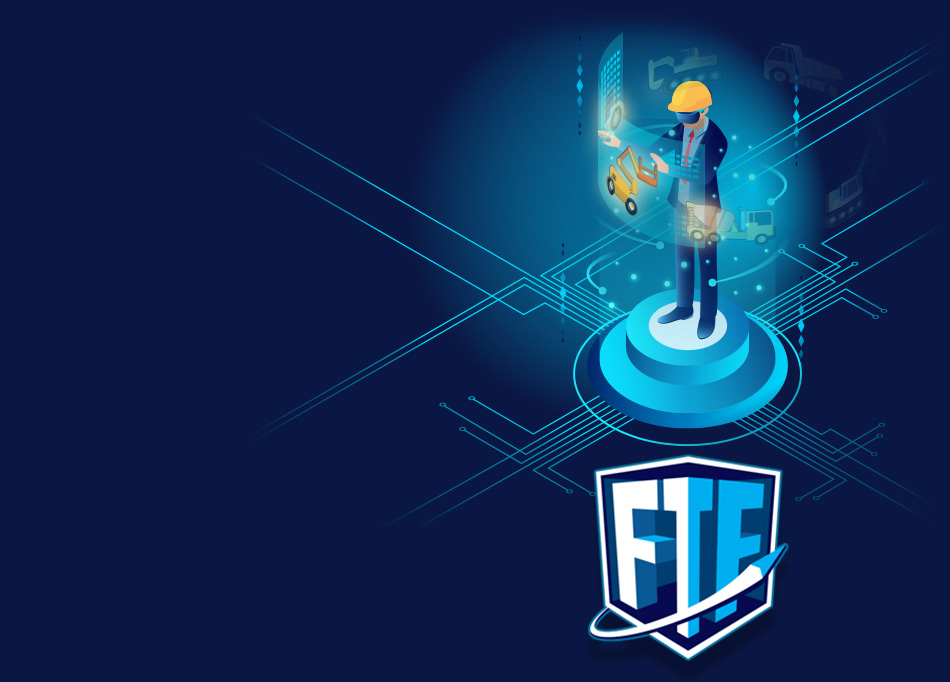Use Case: AI-Enhanced Training and Development
Company Profile
Type: Large General Contractor
Size: $1.5B annual revenue
Projects: Complex industrial and infrastructure builds
Region: Nationwide, United States

Problem
As the organization scaled, training new field workers and project managers became increasingly complex. Traditional classroom-style sessions were inconsistent, costly, and difficult to align with real-world conditions. The company needed a way to deliver engaging, standardized safety and operations training that could adapt to different jobsite environments and employee experience levels.

AI Solution
The contractor adopted an immersive AI-powered training platform from ‘From the Future’ (www.ftfvr.com). The system used virtual reality (VR) simulations combined with AI-driven performance tracking to evaluate decision-making and safety responses in real-time. The platform automatically adjusted training difficulty based on user behavior and provided individualized feedback to accelerate learning.

Results
- The AI-enhanced training environment led to a 40% increase in retention of safety protocols and a 25% reduction in onboarding time for new hires
- Enables dynamic, real-time simulations with AI personas, subject matter experts (SMEs), and performance feedback
- Training costs dropped by over 30% compared to traditional in-person programs
- Supervisors gained insights into individual performance trends, enabling targeted coaching and continuous improvement
- Tracks user behavior to adjust training complexity and anticipate learning needs
- Simulates operation of tools, vehicles, and machinery in high-fidelity VR environments

Why it Matters
AI-driven learning transforms workforce development by combining realism, adaptability, and data-backed insights. This approach not only builds safer, more capable teams but also ensures consistency across multiple regions and projects—a crucial advantage for large, multi-site contractors. Two key benefits arise:
- Simulated Hazard Scenarios: Workers can experience fall protection failures, electrical hazards, or confined space protocols in VR—without real-world danger.
- Muscle Memory Before the Job: Practicing emergency responses or equipment handling in a virtual environment builds instinctive reactions that transfer to the field.

